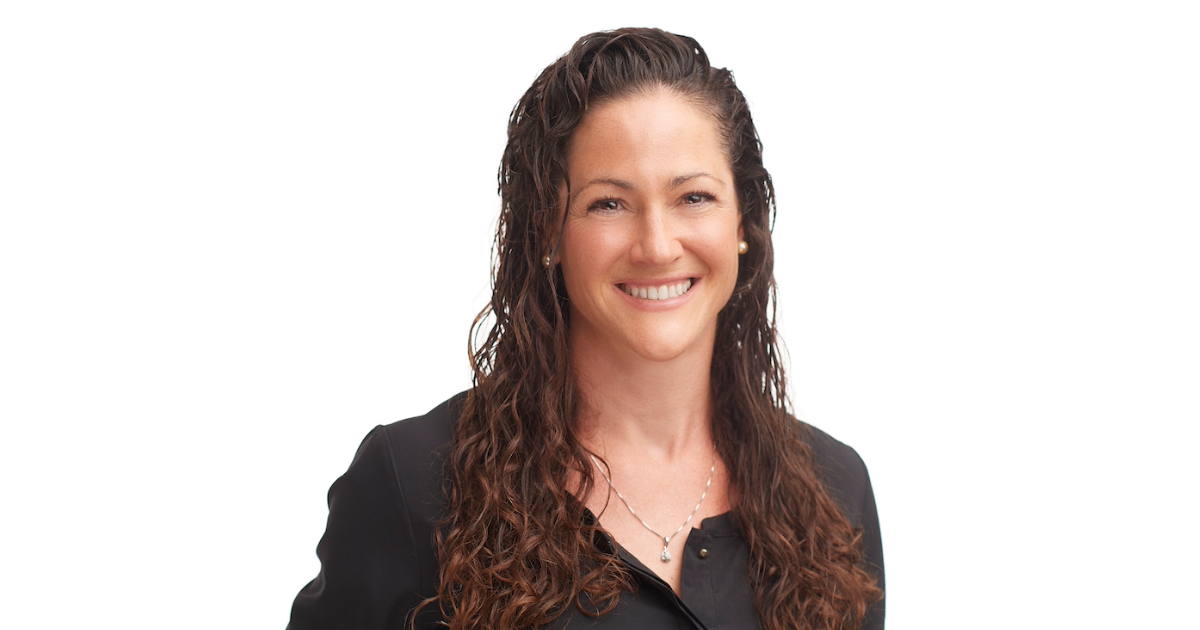
Photo courtesy of the Digital Medicine Society
As vice president, Joe Biden launched the Cancer Moonshot, intending to accelerate progress in cancer treatments and accessibility, and as president, Biden reignited the Moonshot last year.
Earlier this year, as part of the Moonshot, the Department of Health and Human Services launched CancerX, a public-private partnership effort to boost cancer innovation in the U.S.
The Digital Medicine Society (DiMe) and Moffitt Cancer Center cohost CancerX, and Jennifer Goldsack, CEO of DiMe, sat down with MobiHealthNews to discuss the current state of the initiative and what is in store regarding further adoption of digital health solutions within the accelerator.
MobiHealthNews: What is the current state of the CancerX initiative?
Jennifer Goldsack: Gosh, so it's an incredibly exciting time.
In the second year of the reignited Moonshot, we were able to sort of announce our plans with DiMe and Moffitt as cohosts and the structure of the public-private partnership at the end of March. We announced our inaugural members at ASCO [American Society of Clinical Oncology].
Next week, we are going to have a readout on our first set of resources from our project, focused on using digital technologies to address financial toxicity and issues around equity in cancer care and research. So that project is absolutely screaming ahead.
We have a data sprint that we are working on in partnership with our colleagues at ONC [Office of the National Coordinator for Health Information Technology] and CMMI [Center for Medicare and Medicaid Innovation]. So, CMMI has a payment pilot, the enhancing oncology model they are launching. This is the first time that they are running a pilot where the claims data that they need to see will be delivered via a FHIR API.
We are also thinking about how we can harness the power of the public-private partnership model to actually make sure that those data elements aren't just serving the purpose of the payment pilot, but are creating future real-world datasets that we can actually use to power cancer research. All of those findings, and this has been a real sprint between the community and the government, will be announced on December 15 at ONC's annual meeting. So that's up and running.
Next week, we are going to be announcing the focus areas for our inaugural accelerator, where we will be fostering along five topic areas.
There's just an enormous amount of momentum, and this builds on visits we actually had with the entire CancerX community. We spent two days in D.C. in early September. So we had a member meeting, the Steering Committee then met with members of the administration at the White House, and we talked about how CancerX, which is the Moonshot initiative that is exclusively charged with harnessing the power of digital innovation to achieve the goals of the Moonshot could not only be furthering our own work and mission but also supporting all of the other 17 moonshot initiatives.
I think that data sprint is a tremendous example of what happens when we lean into all of the activities related to cancer across the federal government and couple that with best practices from industry. So, lots and lots to be excited about there.
The other piece that is timely, and I think important, is I'm actually attending the president's cancer panel on Thursday and Friday of this week. That has a focus on reducing cancer care inequities and, in particular, leveraging technology to enhance patient navigation.
Patient navigation is a particularly important issue to First Lady Dr. Jill Biden. There's a whole two-day segment about that, and we will be doing some early looks at the data that we've been working on around financial toxicity and equity.
And what I will tell you is what our data is telling us is that there's enormous potential for intentionally developed digital solutions to address the unacceptable state of equity in cancer care, even as compared to the inequities we see in other therapeutic areas. It is worse, and it is more amplified in cancer, and the same with financial toxicity.
It's not acceptable, and we have real data that shows these digital solutions can be a powerful driver towards a more equitable, less damaging future following a cancer diagnosis. So we're excited about this.
MHN: What digital solutions are you looking for regarding future partnerships that maybe CancerX still needs to garner?
Goldsack: We're over 150 member organizations right now, so I think that the solutions that we have represented are very exciting indeed. We are discussing this with our colleagues in the community and also across the federal government, and this actually came out of the discussion at the White House, which is around defining a new care model that combines clinical decision support with virtual first care approaches. So, augmented telehealth and digitally enabled navigation in order to reimagine the way that we care for someone following a cancer diagnosis.
Currently, we are working with the project team on scope. What are the diagnoses that are in scope? What are the particular populations and care settings where we might want to pilot this? But those are the three technologies that we actually envisage implementing at a large-scale demonstration project next year to show people, not just tell them, that when we use these tools and technologies to reimagine what care looks like, we can have a fundamentally different experience for patients, their care partners, the incredibly hard-working physicians who care for them, and we can get substantially better and more equitable outcomes at a more affordable cost. All of that is coming together, and those three technologies are virtual-first care approaches, clinical decision support and digitally enabled navigation.
MHN: COVID-19 highlighted the need for public-private partnerships. Why has it been so valuable specifically for the CancerX initiative to have these partnership models?
Goldsack: The data sprint is a terrific example. We were able to take ongoing, innovative government initiatives and augment them so that industry can capitalize on the positive externalities of those datasets being created in order to create a public good, a reusable data set that can be used and reused to answer questions we've never been able to even ask before vis-à-vis cancer. That work was happening anyway. It was championed for another purpose, another vector, to improve care for cancer within the federal government.
By industry being aware of that, we were able to identify an opportunity to derive an increased value proposition, and one that we are absolutely certain will be captured by industry in order to improve cancer research and downstream care outcomes.
That's a perfect example of how we are able to get outsized value from ongoing work. There is an incredible amount of research. There is an enormous amount of investment and, quite frankly, passion that goes into the pursuit of treatments and cures for people with cancer. There is an awful lot of work to do.
What the public-private partnership model does is make sure that every time we make a decision to commit to a body of work, either within industry or the federal government, we are looking at it from all sides to garner the greatest return and that when we think about spinning up an initiative, we are confident that we have minimized the opportunity cost because when it's cancer opportunity cost is paid for in lives.











def4.jpg)








